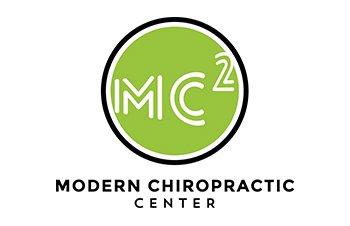Do You Have “Flatback” Syndrome?
Have you had lower back pain for years and have looked for answers and tried many remedies with no success? You may have a condition called flat back syndrome. This condition is a chronic issue that results in the loss of natural curvature in the lumbar spine that leads to straightening of the normal curve in the thoracic spine. This is where the name “flatback” comes from. Unfortunately, for people who have this condition, it is very hard to reverse completely. These people have to deal with symptoms including:
- Lower back pain
- Extremely tight lower back muscles
- Degenerated and weak hip flexor muscles, especially in the psoas
- Difficulty with standing for longer periods due to weakness and fatigue
- Lower extremity pain
- Disc herniations
- Sciatica
- Development of scoliosis
- Early onset Degeneration of the spinal discs and joints
- Upper back and neck problems
Flat back syndrome is a serious condition that can implicate and diminish a person’s quality of life that may lead to lower back surgery.
First and foremost, you should get your spine looked at by a doctor certified in CBP (Chiropractic BioPhysics) analysis and corrective methods. These doctors will use the latest methods of biomechanical analysis to measure your back curve on x-ray to assess the severity of the flatback. The amount of possible correction will be based off many factors. These factors include age of the patient, shape of the hips and pelvis, spinal flexibility, degree and amount of degeneration, and the ability of the patient to tolerate extension of the low back. To check spinal flexibility, a stress x-ray can be done where the person is lying on a corrective roll called a denneroll, to measure and document the possible spinal correction.
Depending on the patient, methods that can be used to help manage the symptoms and possibly correct the failed spinal structure include:
- Mirror Image Adjustments
- Mirror Image Corrective Exercises
- Mirror Image Traction Methods
Traction helps mold and reshape the spine into the better lordotic posture through ligamentous creep and relaxation. Simply put, traction slowly stretches the soft tissues around the spine over a period of time in which allows those ligaments to deform with time.
Typical treatment lengths and times depends on severity but according to the few case studies done by Harrison (https://www.ncbi.nlm.nih.gov/pmc/articles/PMC6110233/), those patients had as many as 70 and 100 treatments over a 16-20 week time frame. There are other case reports that show 36 office visits utilizing traction helped restore curvature, but please know that it truly depends on the severity of the loss of curve and the effect it has on the other regions of the spine. This is where a visit with consultation to your CBP trained chiropractor can help determine exactly what you will need to help get your life back. Here at Modern Chiropractic Center, we have the staff and doctors you need to get you back to feeling better and enjoying life again. Please give our office a call at 208-467-1975 (Nampa location) or 208-629-1904 (Boise location) to get scheduled for a free consultation and exam to determine whether or not we will be able to help fix your flatback syndrome.








No comment